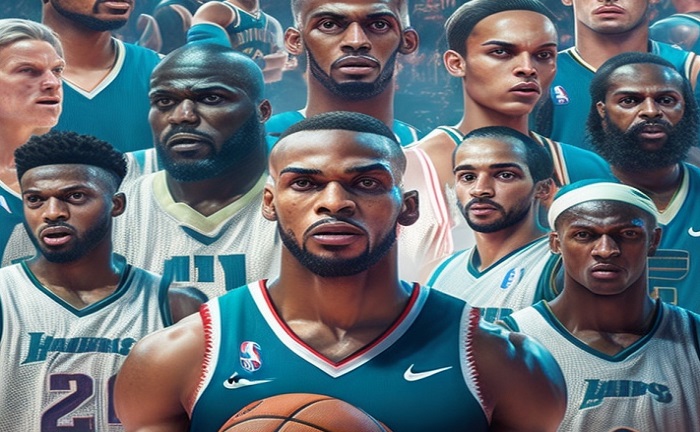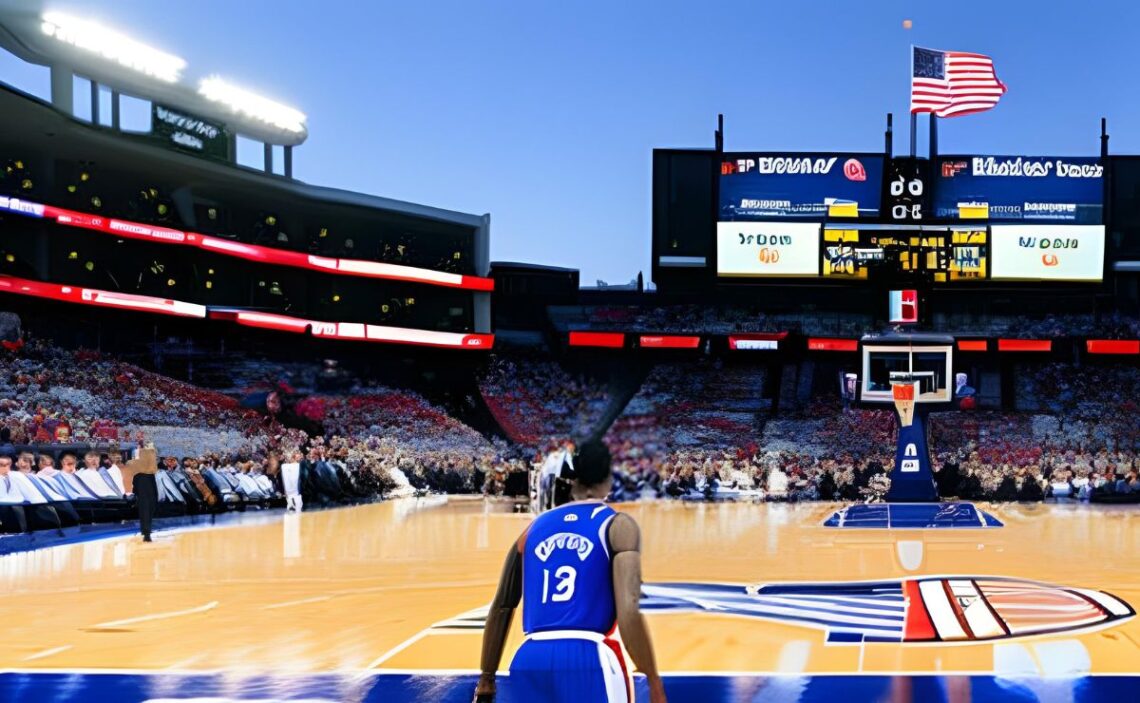NBA escrow is a crucial mechanism for financial equilibrium in the league, as it is used by the National Basketball Association (NBA) to help keep a balance between the players’ salaries and the league’s overall revenue. It ensures that player salaries do not exceed a particular percentage of Basketball-Related Income (BRI).
The primary purpose of NBA escrow is to maintain a specified player-salary-to-BRI ratio. The league and the players’ association negotiate the percentage to ensure a fair revenue distribution between players and team owners. There are many doubts about the salary earned by basketball players, so keep reading to unravel the mystery.
How does the NBA Escrow System Works?
The NBA Escrow System is a mechanism used to ensure that players receive a fair share of Basketball-Related Income (BRI) as defined in the Collective Bargaining Agreement (CBA) between the NBA and the National Basketball Players Association (NBPA).
NBA escrow operates by creating a reserve fund, known as an escrow fund. During the NBA season, a percentage of players’ salaries is withheld and deposited into this fund. At the end of the season, the revenue the league generates from the BRI is accurately calculated.
The NBA escrow system ensures players receive a fair share of league revenue while providing teams with financial stability and predictability. It is an essential component of the NBA’s overall economic structure and is closely monitored and managed by the league and the NBPA.

What if NBA player salaries exceed BRI limits?
If player salaries exceed the agreed percentage of the BRI, the excess is withdrawn from the NBA escrow fund to balance the established ratio. On the other hand, if player salaries fall below the agreed percentage, the remaining funds in the escrow account are distributed back to the players.
What is the NBA CBA rule?
The CBA (Collective Bargaining Agreement) is a contract between the NBA and the NBPA (National Basketball Players Association) that outlines the terms and conditions of employment for NBA players. The CBA covers various topics, including player salaries, benefits, working conditions, and the league’s revenue-sharing system.
Both parties agree upon it, usually in effect for several years before being renegotiated. The CBA is an important document that governs the relationship between the NBA and its players and helps ensure that the league operates fairly and equitably.
What is the NBA escrow percentage?
The NBA escrow has been a debate in the recent past due to the percentage of the Collective Bargaining Agreement, which is the money the league withholds from players. During the pandemic (2020), the players and the NBA CBA agreed due to the economic losses caused by the lack of audience due to isolation.
Since the fans were not allowed to enter the stadiums, it was decided that the NBA escrow would be increased to 25% so that the players would not be affected by this significant loss of income due to the ban on ticket sales. This percentage is distributed among the players at the end of the season in case the numbers differ from those agreed upon.
Currently, the NBA’s escrow percentage is 10% of basketball players’ salaries, which may not exceed 50% of the basketball league’s revenues. This means that players receive at least half of the revenues generated by the league.
However, it is essential to note that this percentage can vary depending on several factors, such as negotiations between the league and the players’ union. Other aspects to consider are taxes and deductions, including federal and state income taxes, Social Security taxes, and agent fees.
Nikola Jokic's income after taxes 🥴
$46.9M: Salary
–
$17.36M: Federal Tax
$2.06M: Colorado Tax
$1.41M: Agent Fee
$1.4M: Jock Tax
$436k: FICA
=
$24.23M: Net Income pic.twitter.com/DqEQfoOZec— Andrew Petcash (@AndrewPetcash) June 5, 2023
How does NBA salary cap work?
The NBA salary cap is essential for maintaining competitiveness and equal opportunity among the league’s teams. It is a financial cap established to regulate the salaries teams can spend on their players during a season.
The salary cap sets a ceiling on the total amount of money a team can spend on player salaries during the season. A team must ensure that its total player salaries do not exceed this salary cap. When building and maintaining a competitive roster, this requires careful resource management and strategic planning.
NOTE: Teams must balance their investments in star and complementary players to maximize team performance within established financial limits.
Is there an exception to the NBA salary cap?
The salary cap system also has exceptions, which allow teams to spend beyond the salary cap in particular situations. These exceptions allow teams to hire players or renew contracts over the salary cap.
The 10 most frequent exceptions to the NBA salary cap are as follows:
- 10-day contracts: These short-term contracts allow NBA teams to sign a player for 10 days. They are usually used to temporarily fill roster spots or evaluate a player’s performance before signing him long-term.
- Bi-Annual: This exception allows teams to sign a player to a contract for a specific amount (set by the NBA) every two years.
- Early-Bird: Allows teams to re-sign their free agents who have played two seasons or less with the team.
- Larry Bird: Named after former NBA player Larry Bird, this exception allows teams to exceed the salary cap to retain their key players and re-sign their players who have played three or more seasons with the team.
- Mid-Level Exception (MLE): With it, teams can sign a player for a specified amount (set by the NBA) each season.
- Minimum salary exception: This system authorizes clubs to sign contracts worth the league’s minimum salary, regardless of the team’s salary cap.
- Non-Bird Exception: Teams may re-sign their free agents up to a certain amount (set by the NBA).
- Rookie Exception: This exclusivity clause allows teams to sign their youngest players during the rookie contract period.
- Traded player exception: When teams transfer a player without receiving another player in return, they may receive a transferred player exception.
- Two-way contract: This contract allows players to spend time in both the NBA and the NBA G League. Players on two-way contracts may spend a limited number of days with the NBA team while playing primarily in the G League.
References
- Cova, Ernesto. “NBA Salary Cap Explained – Franchise Sports.” Franchise Sports, https://www.facebook.com/FranchiseSportsUK/, 3 Feb. 2022, https://franchisesports.co.uk/nba-salary-cap-explained/#:~:text=How%20does%20the%20NBA%20salary,and%20the%20NBA%20Players’%20Association.
- Narayan, Vedhas. “Explaining the Basics of NBA Escrow.” Corporation News, corporation news, 8 June 2024, https://nashikcorporation.in/discussion/nba-escrow-explained/.


